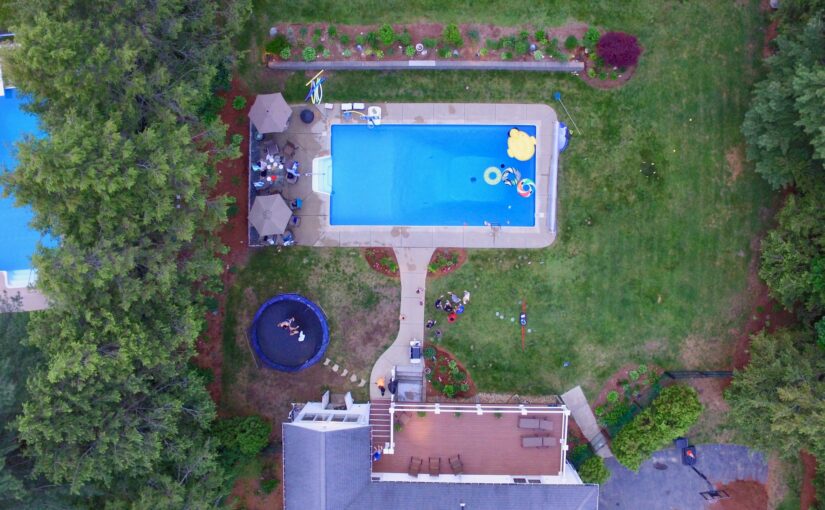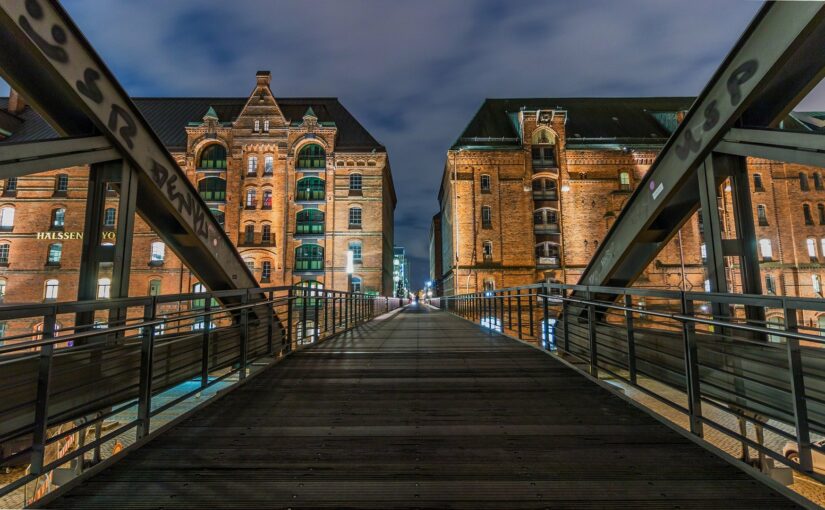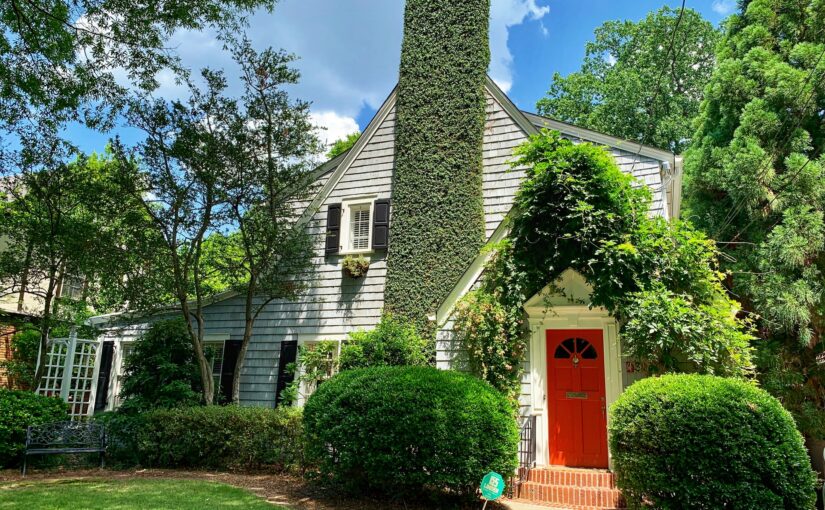Have you always dreamed of having your own pool? This might be especially true for those who are living in areas where heat is more frequent than in other places. However, as the climate is changing, heatwaves have become increasingly common, which makes having a pool a necessity for many people. No matter if you want a pool to swim in or just to cool off, sometimes the space in your backyard is limited.
And it may also happen that you are simply unable to fit the pool in the space you have, even though you want it so much. Well, people can get a little bit creative and add pools in their backyards, even when the space is limited. There are many pool ideas and shapes to choose from, and they will transform your backyard instantly.
Depending on your budget, you can also choose from custom-made pools or inflatable ones, from comfortable variants to more affordable. Thankfully, there is a wide array of choices to make and think about, so we want to lend you some help. Here are the five best ways to implement a backyard pool.
1. Long and Narrow Pools
When you want to implement a pool in your backyard, there are many things you need to consider. But the major impediment is the space you have available. Many people think they do not have enough space for installing a pool; this could be due to the fact that most of them are used to seeing big and large pools, usually the ones that hotels have.
Well, you would need a lot of space to implement a big backyard pool, so you need to adapt to the conditions you have. Pools are customizable, so you only need to identify the spot where you want to add them.
Choosing a long and narrow pool could be one of the best ways to have it in your backyard. Many people think that the pool has to be separated from the house and the architecture of the garden, but in many cases, it can be beautifully incorporated. It can highlight the shapes and colors of the house, blending in with the entire architecture.
2. Secret Garden
If you have a secret garden or place in your backyard with lush and lump vegetation, this could be the place you will transform. Adding a pool can make the entire secret garden more welcoming and attractive. At the same time, it does not have to be the biggest pool you have seen.
It can be a small, intimate, and romantic one, a pool that does not destroy your garden but enhances its beauty. You can build your own private paradise; you only need to find the perfect spot for your backyard pool. You can also add stones to make it more rustic, but also plant the right trees such as banana trees, ferns, and many others of that sort. It is up to you what vibe you choose to have.
3. Replacing Blue Tiles
The great majority of pools have blue tiles that give you the feeling you are swimming in a blue ocean. However, this is very common for most pools, and if you have a small backyard, you would want to maximize the space as best as you can. By installing a pool, you take up a lot of your space, so you might feel yourself visually cramped. As if the trim of the pool occupies more space than it really does. You can replace those blue tiles with other colors that could blend in more naturally to the setting. The water will reflect the sky and the surroundings, making your backyard look bigger. And you will have more space to relax and cool off in your backyard pool.
4. Combine It with a Pergola
How you decorate your garden is up to you, but if you want to implement a backyard pool, things might get challenging. It will be challenging especially if you do not have so much space available and do not want to do extensive garden landscaping. Well, you can merge many garden landscaping features and make both the pool and the garden combine harmoniously.
If you have or build a pergola, you could add climbing plants that will make the atmosphere more intimate. At the same time, they will provide some shade during hot days. Near the pergola, you could add a small pool. Like this, you can stay near your pool in your pergola and then just take a step and enjoy the water of your pool.
5. Raised Pool
Another best way to implement a backyard pool is to consider building or buying a raised pool. Many people dream about those huge and deep pools, but sometimes you do not have the financial and spatial possibilities to implement a pool like this.
Well, a raised pool makes implementing it easier, because you do not have to dig so much for installing it, as most of the pool is raised. It may sound odd, but a raised pool can make the entire backyard more welcoming and modern. And if you want and have the necessary means, you could also make the pool a water feature, adding a drop of relaxation and making it an oasis.
Ending Note
Many people are dreaming about having their own pool to cool off in, but the majority of them think they do not have the necessary space to implement a backyard pool. Well, even when you do not have the space you need and want, you can think about creative ideas to do what you are yearning for.
There are many pool models, shapes, and depths, you can choose from. Depending on the space you have available, you can combine the pool with the entire house architecture so that it highlights some of its most beautiful features. A modern approach will help you have a nice pool to relax in that will also enhance your garden landscaping and make your backyard that peaceful place you always wanted.

Bio lines: Leon Collier is a blogger and academic writer from the UK who works with an essay writing service and dissertation writing services. He likes trying new subjects and is always focused on proving his worth as a writer in new and challenging writing areas. His hobbies are reading books and playing tabletop games with his friends. You can reach him via Twitter @LeonCollier12.
Photo by Larry Tseng on Unsplash


